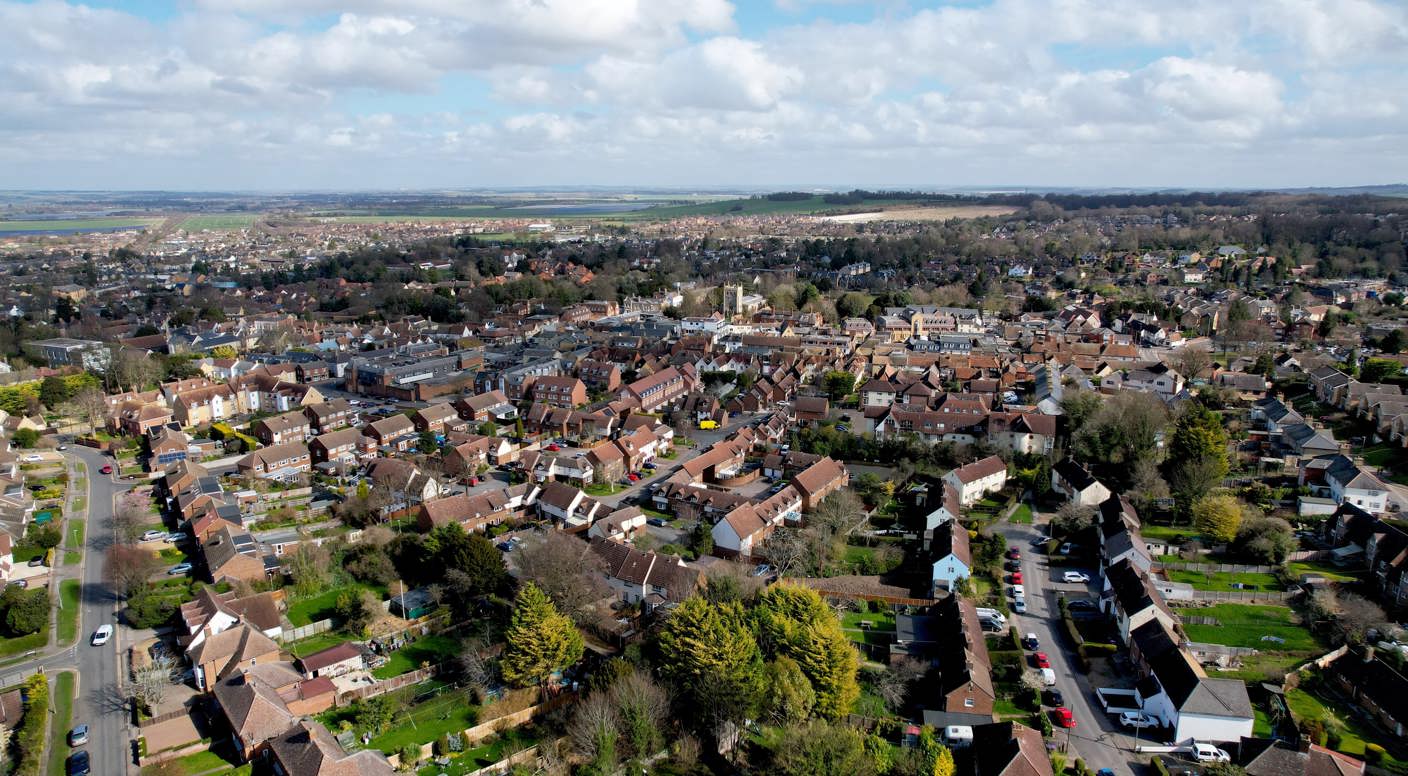An accurate property valuation you can trust
We'll help you to find the value of your property, so you can find a buyer or tenant as soon as possible.
Enter your details below to book a professional appraisal.
Stability Amidst Slight Decrease in National Average Asking Price
In June 2024, the national average asking price for properties in the UK saw a marginal decrease of just £21, bringing it to £375,110. This 0.0% change follows a record high in May and is consistent with the typical seasonal patterns observed in recent years. Despite this slight dip, the market remains stable, with prices 0.6% higher than the same period last year. The stability can be attributed to continued buyer demand and steady sales agreements, which the recent surprise General Election announcement has not significantly impacted.

Regional Price Trends: North vs. South
A notable trend in the current market is the disparity between different regions. Less expensive and more northern areas have experienced more substantial price growth. Five of the six cheapest regions have reached new price records, indicating robust demand and limited supply in these areas. In contrast, higher-priced regions such as the East of England and London have lagged, with the latter seeing some of the month's only regional price declines.
Impact of the General Election on the Housing Market
The announcement of a General Election has introduced some uncertainty, particularly at the higher end of the market. While most buyers and sellers have continued their plans, there has been a noticeable 3% drop in top-end sellers coming to market in the two weeks following the election announcement, compared to an 11% increase in the two weeks prior. Despite this, overall market activity has remained stable, with sales agreed to be 6% higher than the same period last year and buyer demand up by 5%.
Mortgage Rates and Affordability in 2024
Affordability remains a critical issue in the current market, with mortgage rates continuing to be a significant factor. The average five-year fixed mortgage rate is now 5.04%, slightly up from 4.94% in January. Elevated mortgage rates are stretching affordability for many buyers, particularly first-time buyers. Future movers are likely to focus more on potential Bank of England rate cuts rather than pre-election housing promises, as a rate cut could significantly impact mortgage affordability and overall market confidence.
First-Time Buyers vs. Second-Steppers: Market Dynamics
The market dynamics differ across various buyer segments. For first-time buyers, the average asking price has decreased slightly by 0.1% from May to June, now standing at £227,757, yet remains 0.6% higher than a year ago. Second-steppers have seen a modest increase of 0.2% monthly, with an annual rise of 0.4%, bringing their average asking price to £343,947. At the top end of the market, average asking prices have decreased by 0.6% to £689,810 but remain 0.1% higher annually.
Experts' Insights on Current Market Conditions
Industry experts highlight the importance of increasing housing supply and improving local authority planning systems to speed up application processes. Ian Preston, Group CEO at Preston Baker in Leeds, emphasises that landlord-friendly policies are essential to address extraordinary rental price growth and attract landlords back into the market. Tim Bannister, Rightmove's Director of Property Science, notes that while housing proposals in election manifestos show positive intentions, they need to go further to support first-time buyers and other segments adequately.
London Housing Market: Borough-by-Borough Analysis
The London housing market presents a diverse picture, with significant variations across different boroughs. For instance, Camden and Islington have seen substantial annual price increases of 9.7% and 3.8%, respectively. In comparison, areas like Brent and Sutton have experienced yearly declines of 2.9% and 2.4%. These disparities highlight the varying levels of demand and investment across the capital.
Election Promises vs. Market Realities
Recent housing policy promises from political parties have been met with cautious optimism. Many of these promises are either continuation of existing schemes or revivals of old policies, and they are likely to impact only specific parts of the market. The timing of the Bank of England's rate cuts is anticipated to have a more immediate and significant effect on the housing market than these bespoke housing policies. Lower mortgage rates would boost mover confidence and have a far-reaching impact on market dynamics.
Focus on the North West
The North West region stands out as a significant area of growth and interest. This region, known for its affordability compared to southern parts of the UK, has seen remarkable increases in housing prices. According to the report, the North West and other northern regions have shown strong price growth this month, contributing to the market's overall stability. The affordable housing prices in the North West attract first-time buyers and investors, making it a dynamic and competitive market.
The June 2024 housing market demonstrates remarkable stability amidst slight fluctuations in average asking prices. Regional disparities and the impact of the General Election add layers of complexity. At the same time, high mortgage rates continue to challenge affordability. Expert insights underscore the need for increased housing supply and thoughtful policy interventions to ensure sustainable market growth. As the market navigates these variables, the anticipation of Bank of England rate cuts looms as a critical factor for future developments. The North West region, in particular, highlights the opportunities and growth potential in less expensive areas, driving the overall momentum of the housing market.
Related Posts
maximum-mortgage-borrowing-based-on-income
1. Income Multiples (The Traditional Approach) Most UK lenders offer mortgages between 4 to 4.5 times your gross annual income.…
UK Property Market Update - June 2025 Rightmove Index Breakdown
Why Sellers Are Cutting Prices More homes are entering the market than buyers, driving the most price-sensitive conditions seen in…
Home Staging Tips to Help You Sell Faster (and for More Money)
1. Declutter Ruthlessly Buyers need to visualise themselves in your home, and clutter makes that harder. Box up personal items,…



